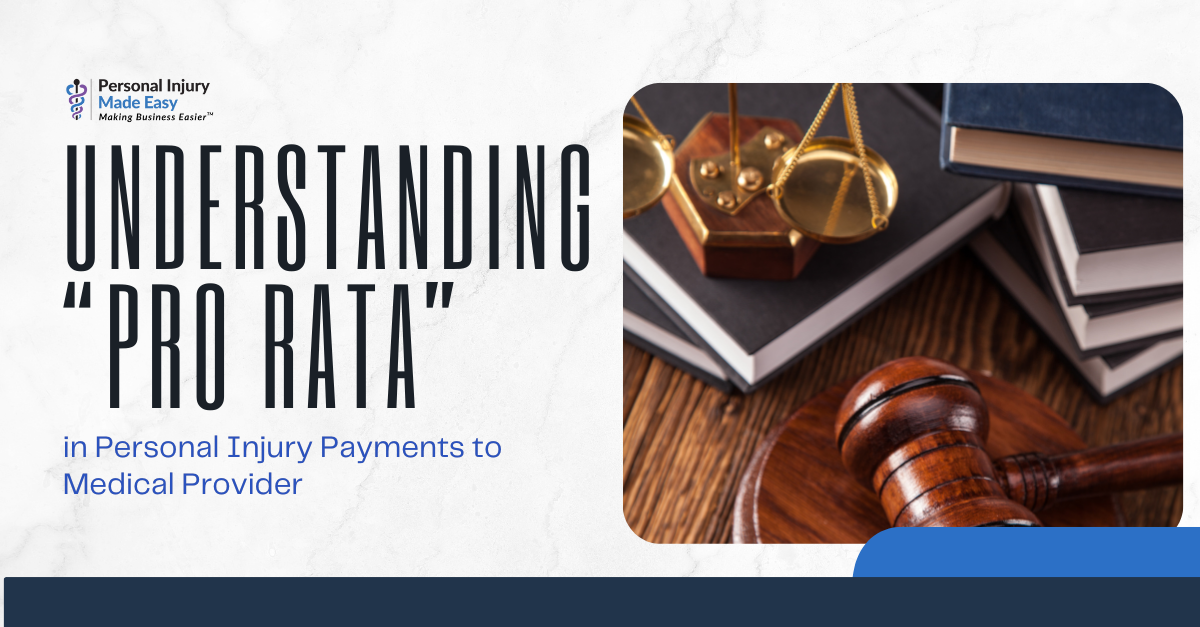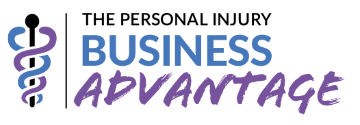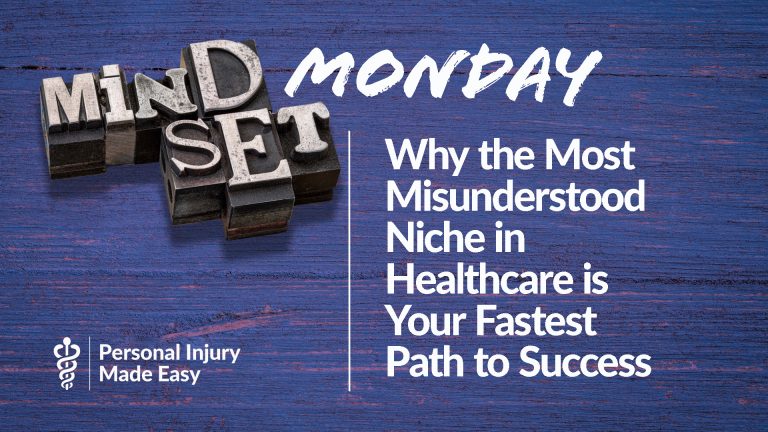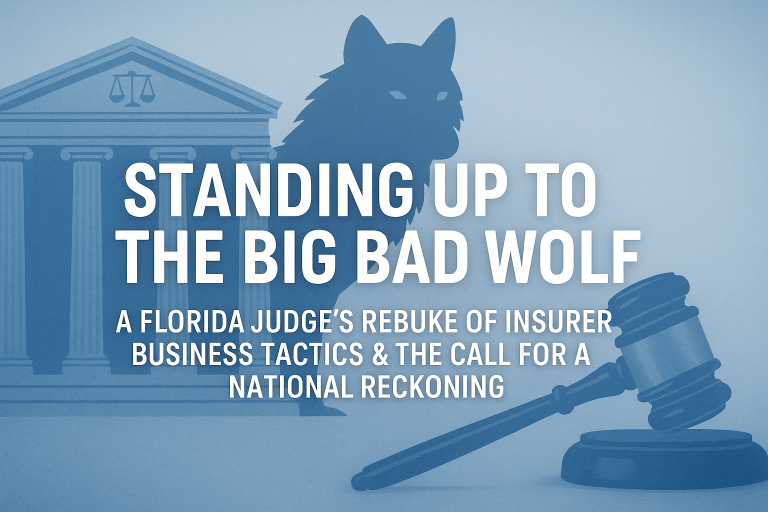
Part 5 of 6: The PI Legal Zoo: Spot the Litigator, Trial Attorney or Middleman in the Wild
Because not every firm is as fierce, loyal or real as it seems
So far in this series, we’ve taken a thoughtful journey:
- In Part 1, we scoped the surface: firm size, negotiation personality, and local presence.
- In Part 2, we did our homework: reviewing websites, state bar records, and reputation.
- In Part 3, we got in the trenches: measuring results and tendencies.
- And in Part 4, we explored business dating: reciprocity, support, and commitment.
But now it’s time to head into the wild and learn how to spot what kind of law firm you’re actually working with.
Because in personal injury, not all law firms are created equal.
Some look fierce, but freeze under pressure. Some roar and fight for your patients and your bills. And some? They’re not even really in the habitat, they’re just posing for pictures.
So, let’s visit the PI Legal Zoo and learn how to identify litigators, trial attorneys, and middlemen in the wild.
1. Litigators: The Chameleons
Litigators are the chameleons of the PI world. They can blend into almost any situation, saying the right things and promising the right outcomes.
But when danger or real pressure appears, they can change colors in an instant.
Litigators file suit, yes. But they rarely go the distance. Their survival strategy is settlement, not showdown. And the insurers? They know these firms either don’t try cases or don’t win them. And the insurers exploit it forcing lower settlements.
This doesn’t make litigators bad. It just means you need to manage your expectations.
If your patient is counting on them to intimidate insurers, go the distance to trial, or advocate for your medical bills with energy, you may be disappointed. Their goal is usually to get fees and close files, not maximize recoveries.
Often, they prioritize securing their full attorney’s fee, regardless of how much is left for the patient or for you. And when settlements fall short, especially in large policy cases, it’s your patient and your payment that suffer most.
Still, many litigators are competent and consistent, albeit cautious.
The best litigators know their limits. They partner with true trial attorneys when the stakes are high, bringing in heavyweights to co-counsel when insurers need to be afraid. These are the litigators who settle small cases efficiently but know when to step aside and let a real trial pro drive the bigger ones forward.
Lesson from the chameleon: Don’t expect a color change to mean courage. Watch what they do when the fight begins.
2. Trial Attorneys: The Lions
Trial attorneys are the lions of the PI landscape: rare, powerful, and deeply strategic.
They don’t just roar to intimidate insurers. They prepare to pounce. They don’t settle for convenience. They build cases for impact.
While litigators may love providers who always reduce their bills, trial attorneys stay far away from them, because they know that slashed bills get weaponized by defense attorneys in depositions and trials. In fact, when a provider’s practices could harm the case, a good trial attorney will waive the bill entirely and leave it out of court to protect the client’s outcome.
Trial attorneys respect providers who:
- Know what they’re doing
- Follow proper clinical protocols
- Tell the patient’s healthcare recovery story through storytelling documentation
- Provide only medically necessary care, not inflated charges or unnecessary procedures
They protect their pride, and if you’re part of their pride, meaning you do things right, documenting the healthcare story, having supportable fees and bills, and staying within medical necessity, they’ll fight to protect your bill.
Trial attorneys don’t want inflated surgeries or junk care. They want the truth, told well. And when your records support your patient’s healthcare journey authentically and powerfully, they’ll work to get you paid in full.
Lesson from the lion: If you earn their trust, they’ll fight for you.
3. Middlemen: The Peacocks
Middlemen? They’re the peacocks, all flash, no fangs.
These firms strut across billboards, splash across the internet, and boast big numbers. But behind the feathers, there’s not much fight.
Why? Because they’re not built to litigate. They’re built to capture.
Capture leads. Capture clients. Capture your trust… just long enough to pass the case off to someone else you’ve never met.
Once that happens, you’re out of the loop. Your patient is confused. Your bill is at risk. And your calls? Probably going unanswered.
These setups are slick, scalable, and profitable for them. But for you? It’s a relationship with no real depth, control, or protection.
Lesson from the peacock: Don’t mistake a dazzling display for a dependable advocate.
Conclusion to Part 5: Know the Wildlife and Your Role in It
Every law firm relationship belongs somewhere on the map.
But too many providers keep wandering into cages they don’t belong in, wondering why they’re getting trampled.
If you’re working with a litigation chameleon, be cautious. Know their limits and ask who they bring in when the case heats up. If they have a trial attorney lion in their circle, you and your patient may be okay.
If you’ve found a true trial attorney lion, treasure that relationship. Show up the way they do: professional, aligned, and focused on excellent medically necessary care and storytelling documentation. Nothing has to be manufactured. Just do things right and avoid the wrongs (and learn the difference).
If you’re with a middleman peacock, don’t be blinded by the beauty. Know when to walk away, or at least protect yourself and your patient from being a casualty of flash-over-substance.
That will do it for Part 5 of this six-part series. Get ready for the finale next!
















